Image Gallery: Majestic Monument Valley

The Beauty of the American West
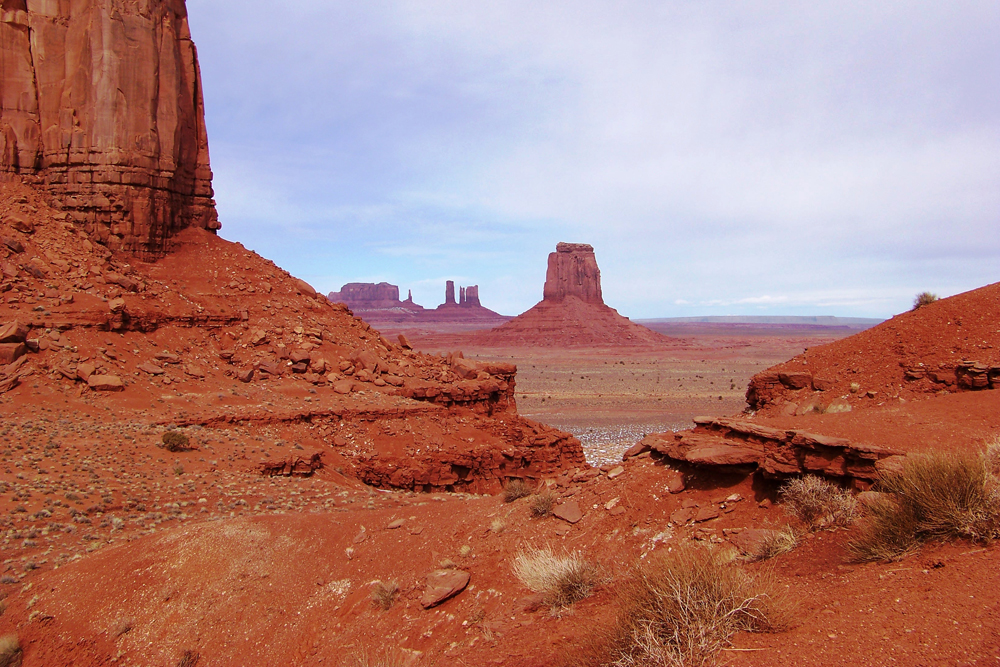
There are a few places in the American West where the eons of time along with all the elements of erosion have worked together to create breath-taking landscapes for modern man to see and enjoy. One such place is found in southern Utah straddling the Arizona border on the Navajo Reservation and is known to the Navajo as Tse'' Bii' Ndzisgaii which translates to mean "white streaks amidst the rocks." The English-speaking world knows this spectacular place as Monument Valley.
Not really a valley
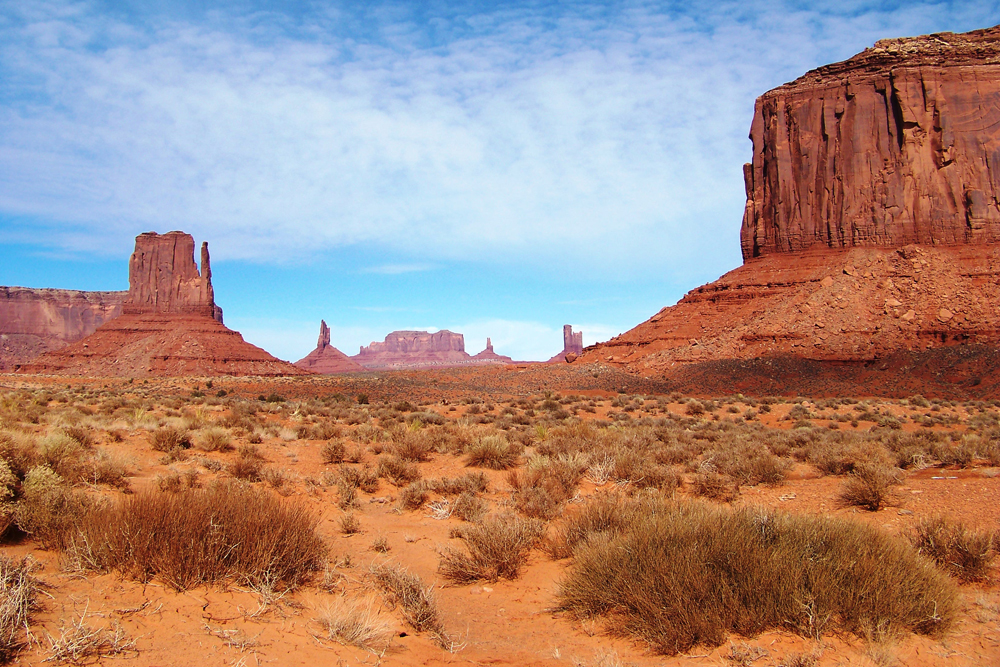
The land of Monument Valley is part of the 130,000-square-mile (336,700 square kilometers) Colorado Plateau. It is not a true valley at all but rather a wide, sunken, high desert landscape interrupted by picturesque spires that reach hundreds of feet into the western sky.
Sandstone layers

Monument Valley is young in terms of geological time. During both the Paleozoic and Mesozoic eras, this region of the North American continent was often submerged by warm ancient seas with the last great flooding occurring only some 70 million years ago. Materials from the ancient Rocky Mountains eroded away and washed into the shallow seas, laying down layer upon layer of sediment that over time cemented together to form sandstone hundreds of feet thick.
Pressure from the deep
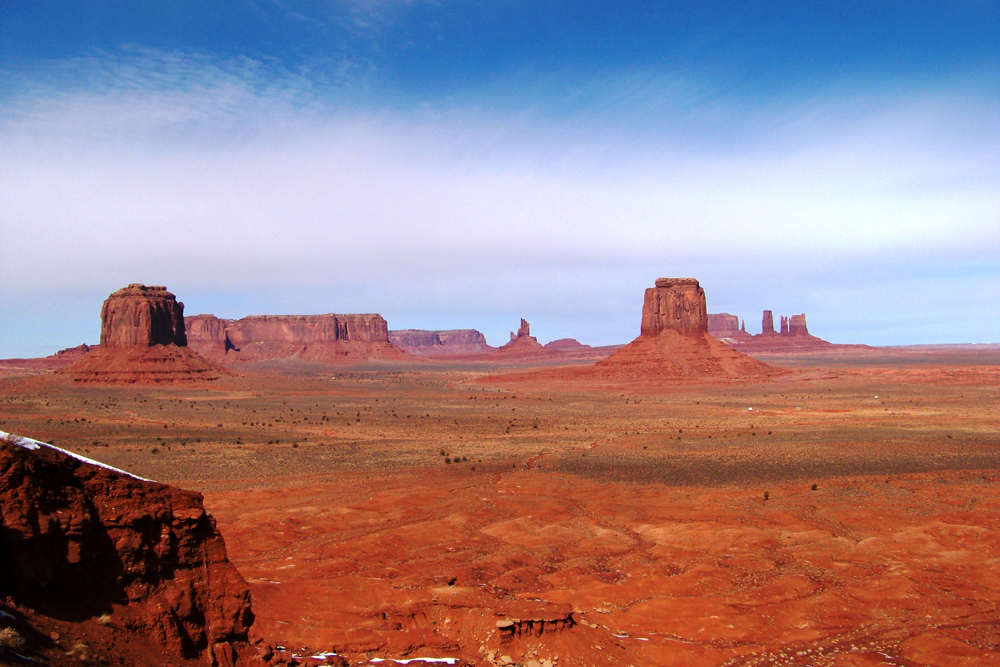
Incredible pressures from deep within the mantle of the Earth began a general uplifting of the whole region, cracking the by that time dried surface and forming the many mesas and deep canyons seen there today. The forces of wind, rain, freezing and thawing began the erosion process again, leaving today only the hardest of these ancient sandstone layers, many looking like giant headstones to some ancient gods.
Shades of red
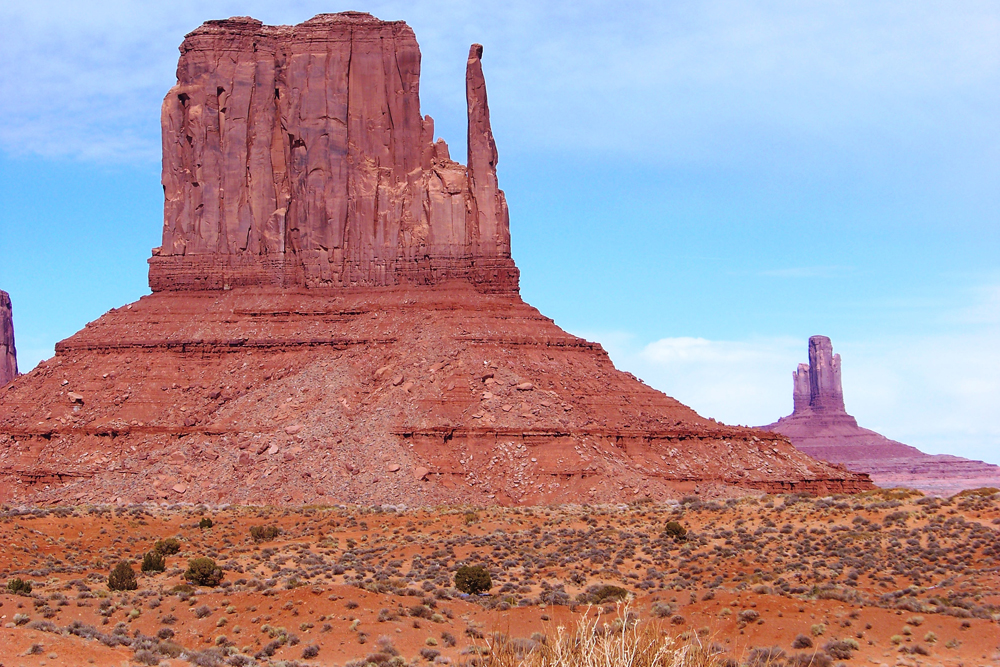
Iron oxide found within the stone gives the valley and its many monuments their red color. The rock at the monuments' base is made up of soft shale known as Organ Rock Shale. The middle sections are composed of hard shale known as De Chelly Sandstone. The upper regions of the spires are a form of Shinarump rock, mountain sediment laid down during the Cenozoic era.
Telling the future
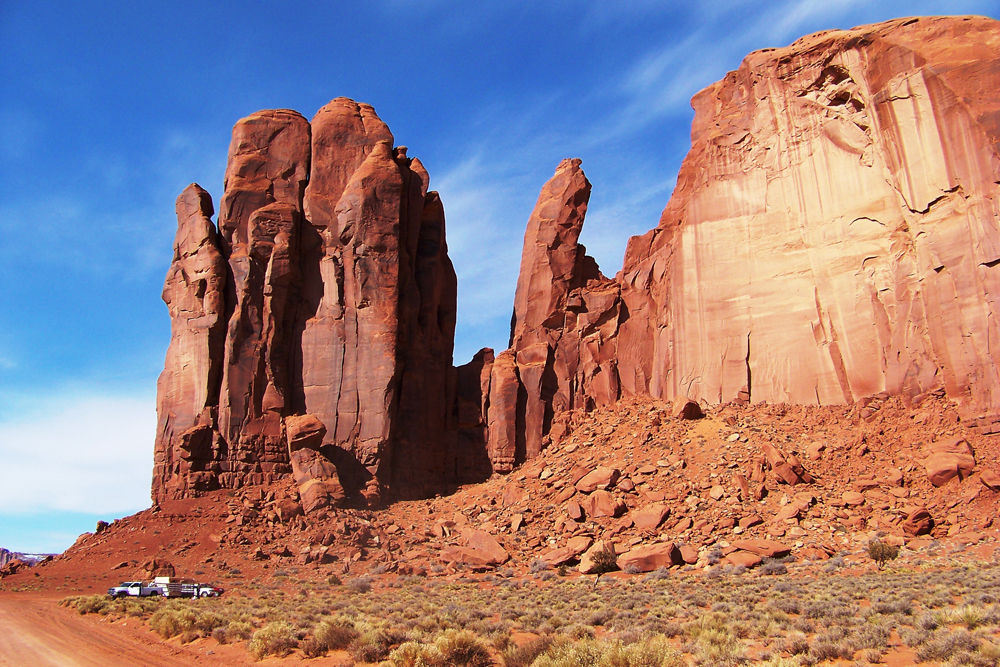
Many of the rock monuments show signs of smooth vertical cracking known as joints. The joints indicate the weaker areas of the buttes and are indicative of how and where the rocks will erode.
Home sweet home
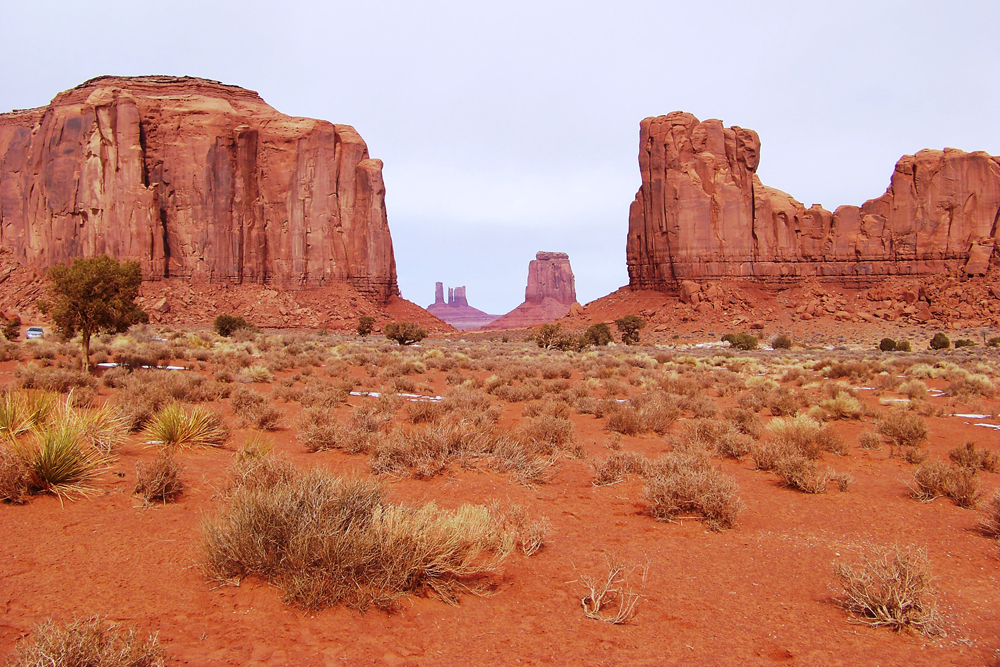
Archeological evidence indicates that Ice Age hunters made the land of Monument Valley their home between 12,000 and 6,000 B.C. The Anasazi people were employing their dry farming techniques by early A.D., but abandoned the area by the early 1300s.
Get the world’s most fascinating discoveries delivered straight to your inbox.
Protected beauty
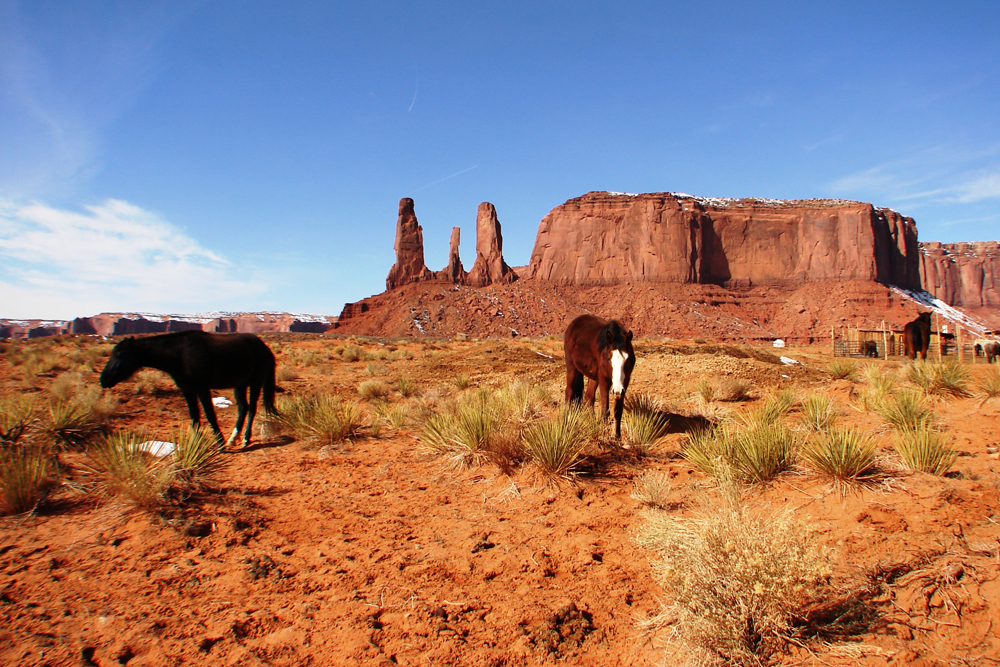
In 1884, President Chester Arthur by executive order made Monument Valley a part of the 16 million-acre Navajo Reservation. The Monument Valley Navajo Tribal Park welcomes visitors from all over the world to see and enjoy the iconic natural wonders found within the park.
Designed to explore
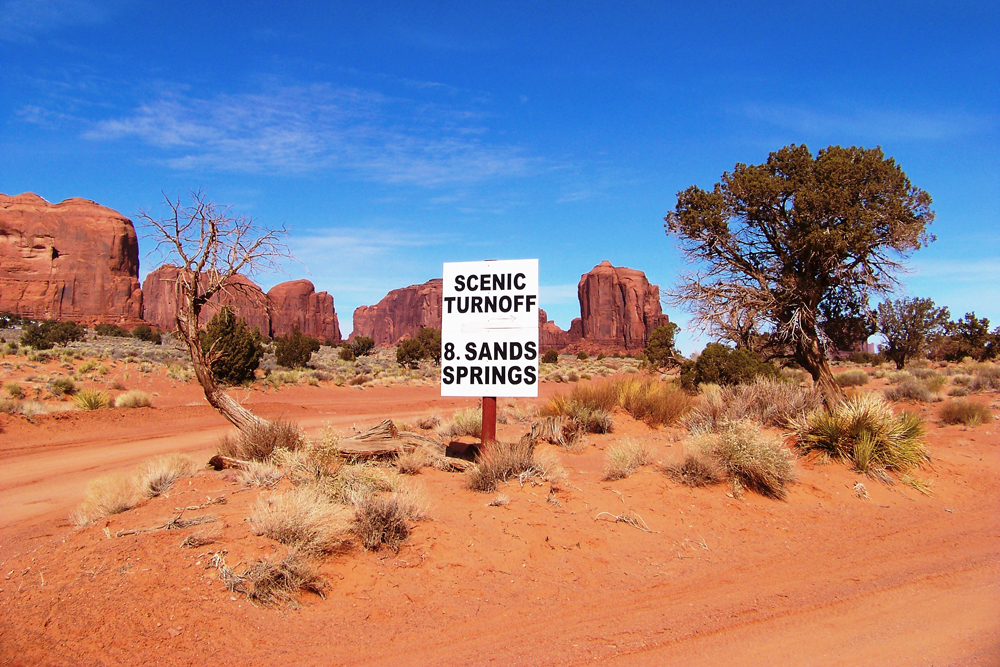
A 17-mile (27 km) driving loop allows for visitors to leisurely explore and photograph the many giant monoliths found here while enjoying one of the most beautifully stark areas of the American West. The Navajo tribe also offers guided tours for those who want to experience the more isolated parts of the valley.
Creative monikers
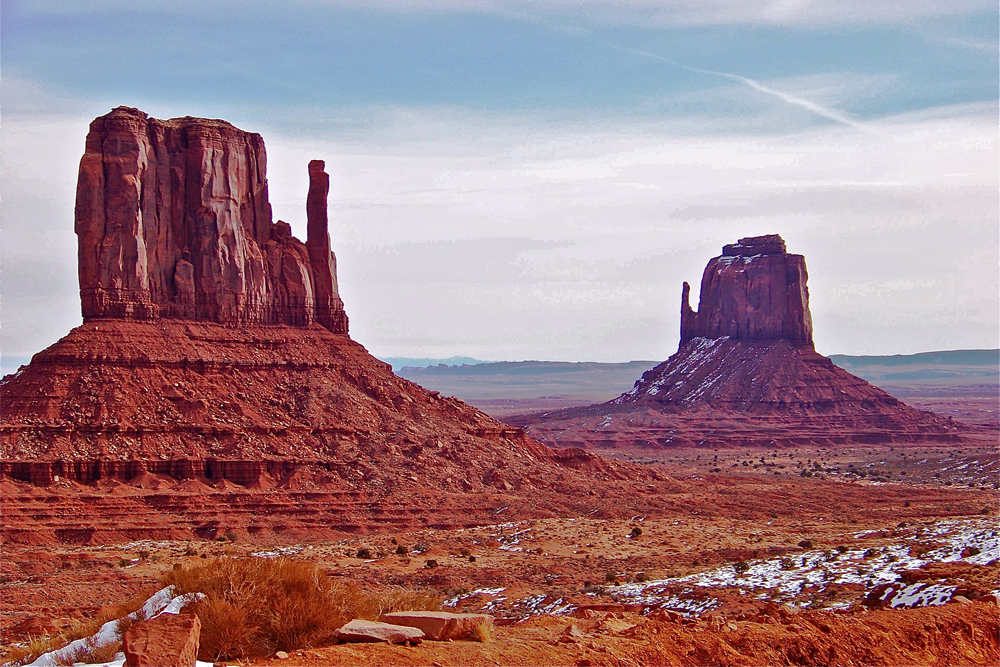
Over 40 of the rock monuments of the valley have been given unique and descriptive names by early settlers, government agents and the Navajo people. The East and West Mittens, shown here, look like two hands but are considered by the Navajo to be the hands of Standing God who left these behind to remind the Navajo that the gods will return to the valley someday.
Found, and lost
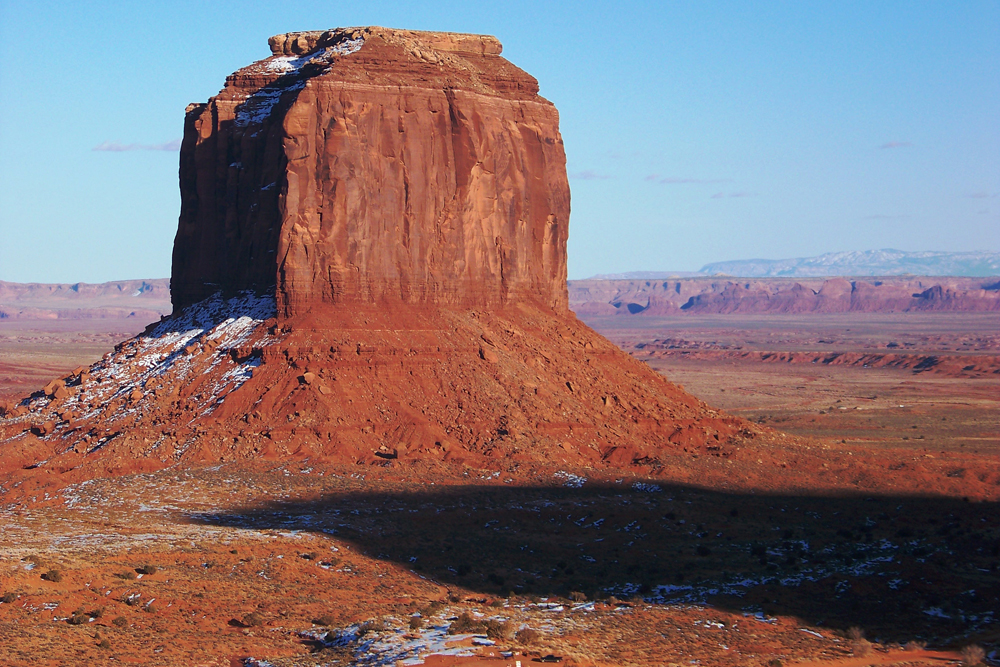
Merrick Butte is named after prospector James Merrick who discovered silver in the area but was killed by Ute Indians before he could benefit from his mine. The top of Merrick Butte has an elevation of 6,078 feet (1,851 meters) and rises nearly 1,000 feet (304 m) above the valley floor.



